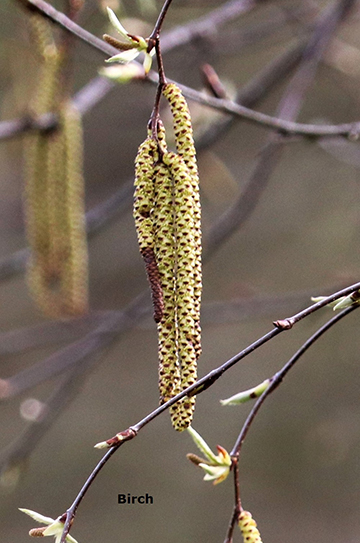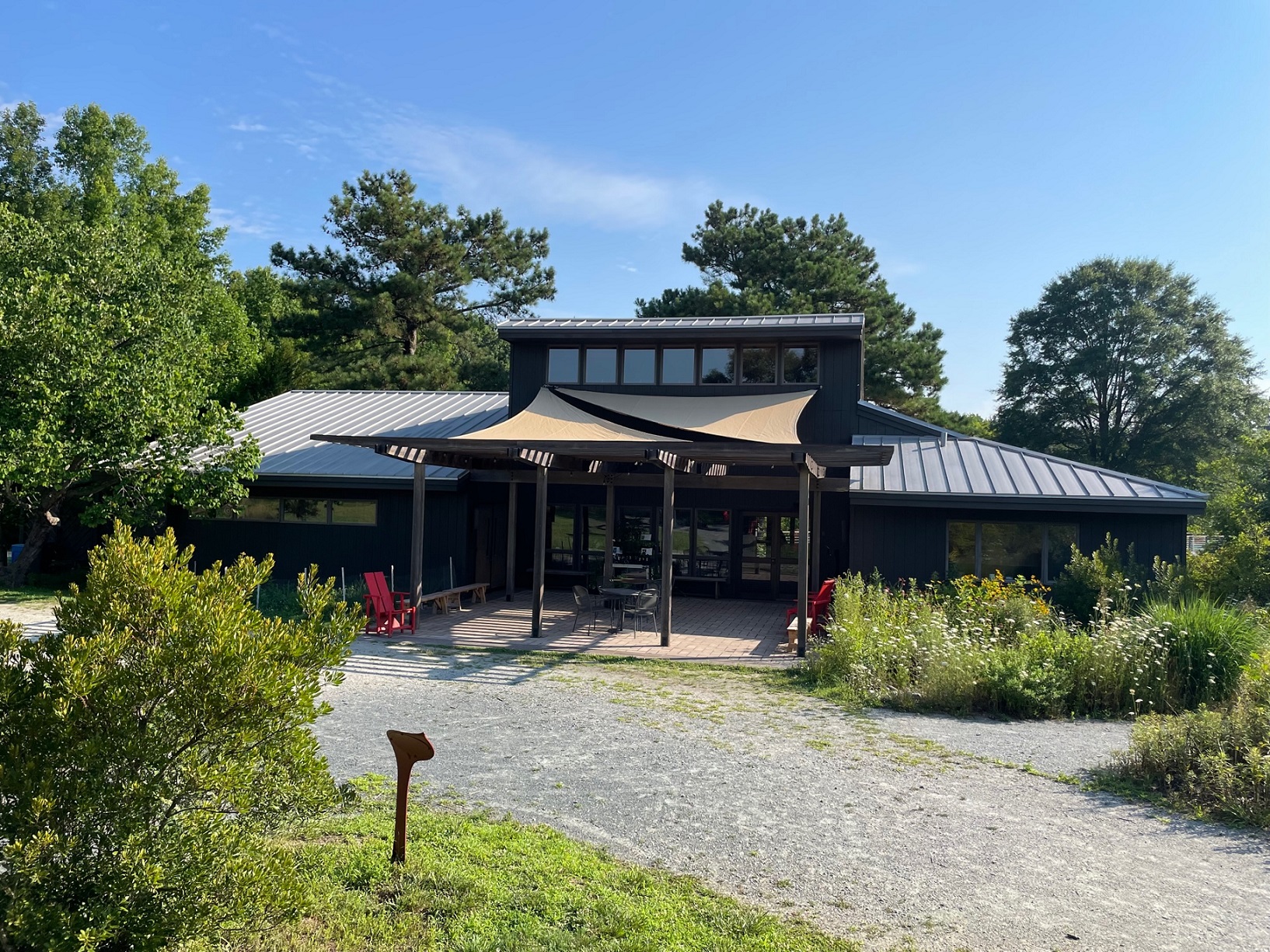Happy Mystery Monday! Can you guess what is pictured in photo below?

The answer to last week’s mystery is river birch, Betula nigra, pictured in photo below:
Native to the eastern United States, river birch is found in Maryland along stream banks and in moist locations. It’s a fast-growing, highly adaptable tree, especially in its tolerance to heat and flooding.
River birch is a pioneer species, meaning it rapidly colonizes exposed, bare stream banks and gravel bars, stabilizing the soil and developing a forest for other trees to succeed. It tolerates deer, drought, clay soil, wet soil, and is very resistant to air pollution.
River birch is the only Spring-fruiting birch tree species. Female river birch flowers develop in the Spring as shorter, upright catkins on spur-shoots develop into cone-like structures containing winged seeds. Male flowers develop in the Fall as drooping catkins at the tips of twigs.
Unlike most birches, the seeds of this species mature in late Spring to early Summer, and are distributed immediately. The seeds are winged and are distributed to some degree by wind, but also rely significantly on water for distribution.
River birch seeds are eaten by songbirds and mice, while the twigs are eaten by deer, and beavers use it to make their lodges. Birch bark is an incredibly versatile material. It has been used as a form of paper, as a building material, and even clothing. Break a twig during the growing season, and you’ll smell a sweet wintergreen odor. And yes, birch beer has been made from these trees!
Mystery Monday is sponsored by the Spy Newspapers and Adkins Arboretum.



Write a Letter to the Editor on this Article
We encourage readers to offer their point of view on this article by submitting the following form. Editing is sometimes necessary and is done at the discretion of the editorial staff.